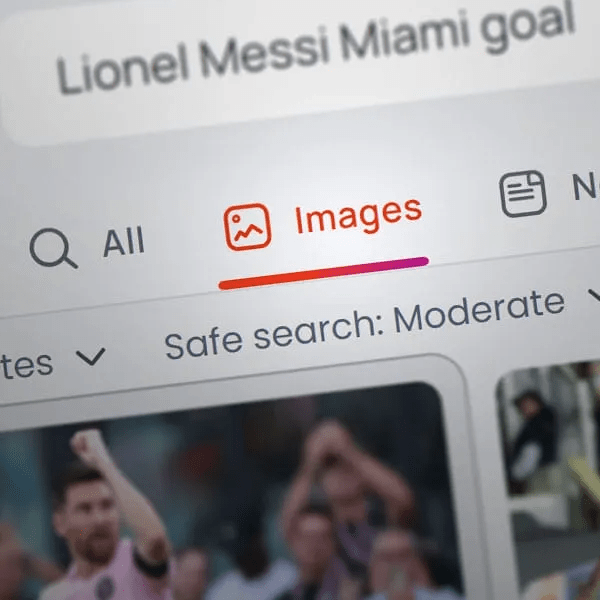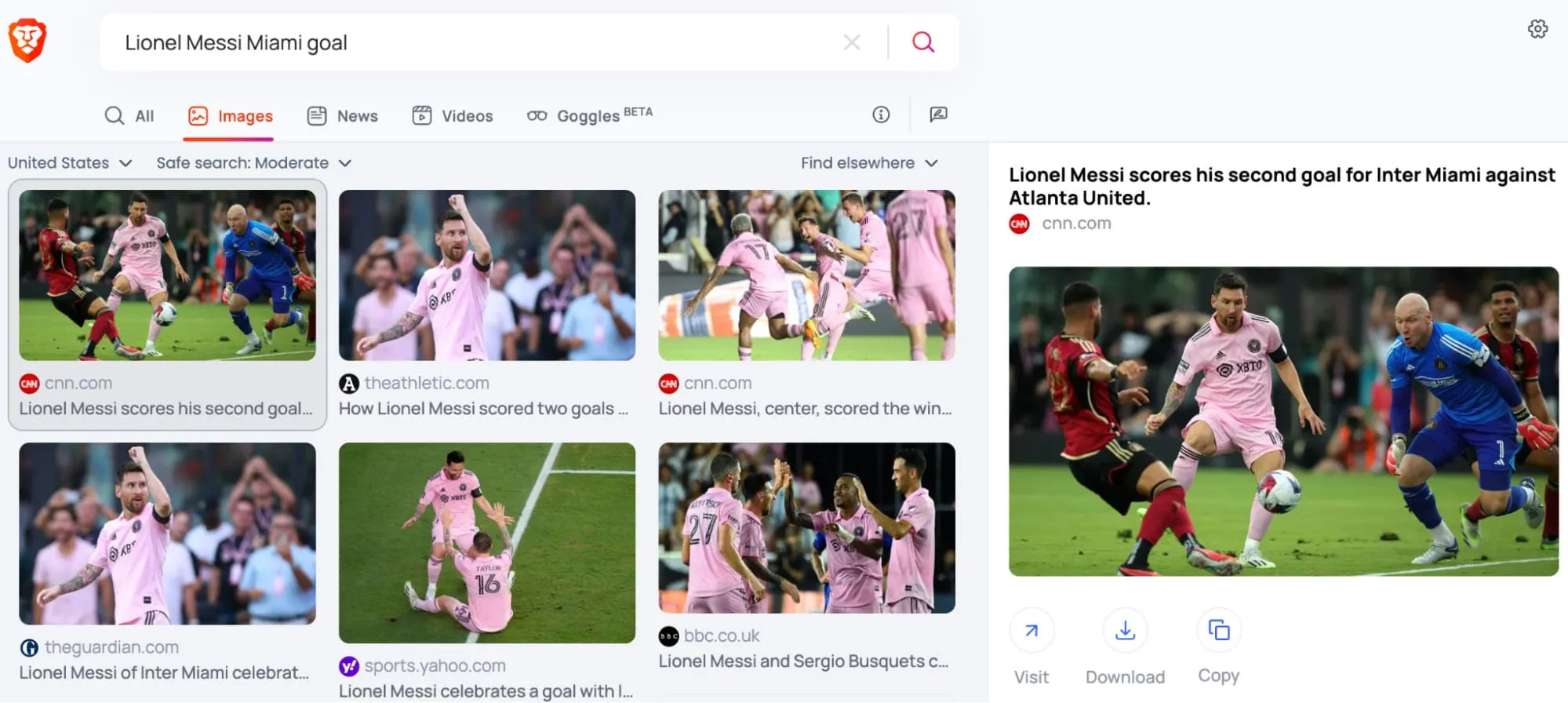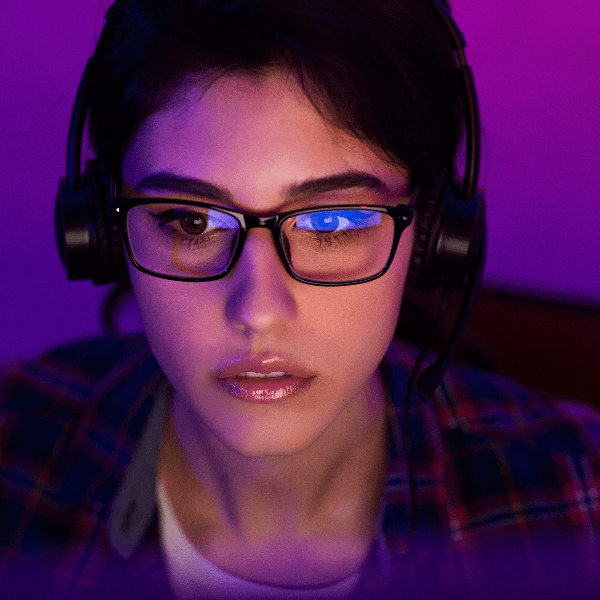Brave Search Introduces Independent Image and Video Search, Offering a Privacy-Centric Alternative to Big Tech

Following several months of intensive development, Brave Search has launched its exclusive image and video search feature. This substantial upgrade provides users with a comprehensive, privacy-centric alternative to Big Tech search engines, eliminating the necessity to leave Brave Search for image and video search results.
The new feature enables any Brave Search query to be served directly from Brave’s own index, providing users with a fully independent, privacy-protecting, and censorship-resistant search engine. The recently introduced Brave Search API is set to incorporate these image and video results soon, further improving the user experience.
This advancement comes after the cessation of calls to Bing’s search API for images and videos in May. Bing’s API accounted for a mere 7% of results. To bridge the gap between Bing’s removal and the introduction of their own solution, Brave Search temporarily offered users an alternate image/video search via redirect to Bing or Google. While this decision was not popular with some users, it allowed Brave Search to maintain convenient and familiar search habits while they worked on their independent solution.

Web content searches constitute the majority of all search engine results, but image and video search has become increasingly fragmented due to the exponential growth of visual content online. Many users resort to their preferred social and content platforms to discover visual content, often at a significant cost to their privacy.
Brave Search Sets a High Benchmark
Being 100% private and anonymous, Brave Search sets a high benchmark for image and video search to meet. They believe users should be able to discover content without their search engine profiling those results and reporting back to a Big Tech company.
The inclusion of image and video search makes Brave Search a more comprehensive search engine while protecting user privacy. Users can now access a wider range of content directly within Brave, benefiting from increased speed and privacy compared to search engines that rely on third-party providers.
Microsoft Bing Controversies
Two years ago, Microsoft Bing was found to serve zero image results for the Tiananmen Square “tank man”. This incident affected not only third-party services like DuckDuckGo, which rely entirely on Bing’s API for their search results but also Brave Search, which at the time depended on Bing for image search results. This reliance created both a technical dependency and an unintended extension of Big Tech’s censorship.
By serving image and video results directly from Brave Search’s independent index, they can better counter Big Tech censorship and put their users in control of their browsing experience.
While they aim to offer a competitive alternative to Big Tech that excels in quality and independence, they acknowledge that specific capabilities, such as advanced filters like license type or aspect ratio, may not be immediately available. However, they believe offering a clear alternative is more important than complete feature parity at this stage.
User-first Web
Brave is committed to building a user-first Web, a mission that begins with the Brave browser and Brave Search. With the release of image and video search, they continue to innovate within the search industry, offering preferable products for users who demand choice and transparency in their online information search. Users can contribute to their mission by sharing their feedback or by anonymously opting into their Web Discovery Project to contribute to their search index.
Brave Search is available to everyone at search.brave.com and is also the default search engine in the Brave browser. They invite you to experience a new era of privacy-preserving search.







